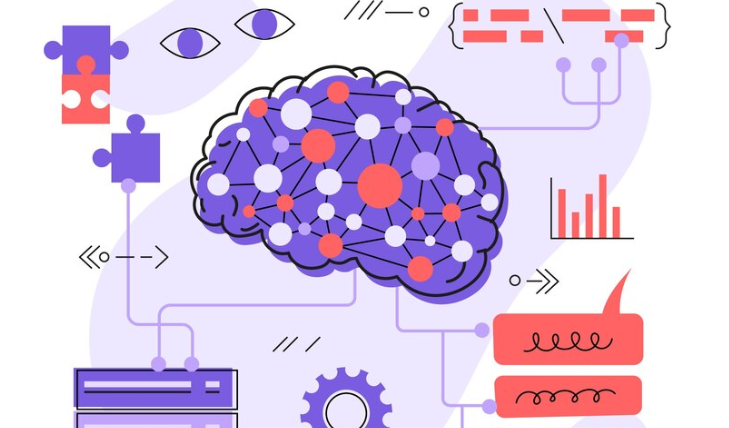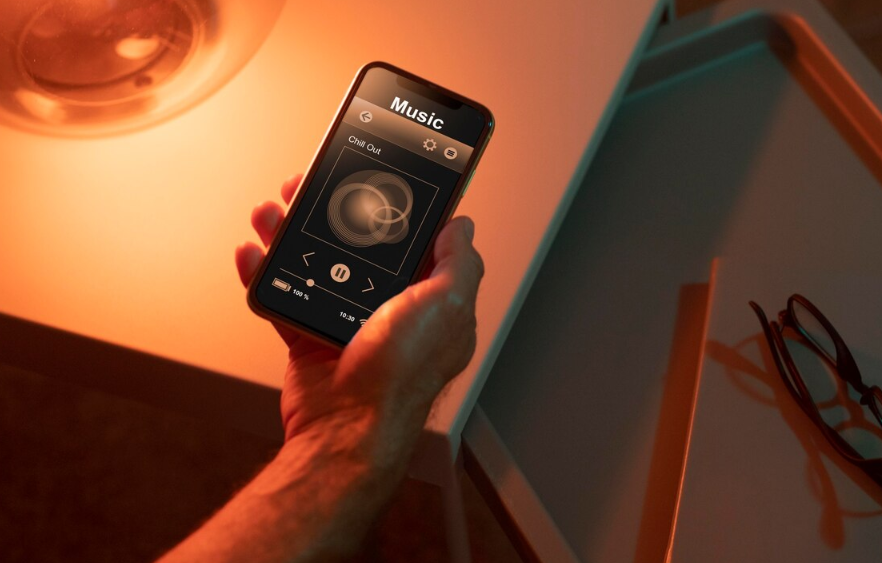We’ve long associated user interfaces (UIs) with screens. From the flickering CRTs of early computers to the high-resolution touch displays of modern smartphones, the screen has been our primary portal into the digital world. But a new paradigm is emerging—one that minimizes or even eliminates the screen entirely. This is the era of invisible interfaces.
Whether through voice, gesture, ambient computing, or AI-driven automation, the interface of the future may not look like an interface at all. It will be felt, not seen.
What Are Invisible Interfaces?
Invisible interfaces refer to systems where users interact with technology without a traditional visual UI. These interfaces aim to integrate technology seamlessly into everyday life—so naturally that the boundary between user and machine disappears.
They include:
- Voice commands (e.g., Alexa, Siri)
- Gestural control (e.g., Leap Motion, touchless car controls)
- Ambient sensors (e.g., lights that respond to presence)
- Brain-computer interfaces (e.g., Neuralink prototypes)
- Context-aware environments (e.g., smart homes that act autonomously)
These systems interpret intent, behavior, or biometric data to respond without requiring taps, clicks, or even direct attention.
The Shift: From Explicit to Implicit Interaction
Traditional interfaces require explicit input: pressing a button, selecting from a menu, typing a command. Invisible interfaces shift toward implicit interaction—they sense, predict, and react based on context.
For example:
- A room lowers the lights and plays soft music when it detects a person sitting quietly in the evening.
- A smartwatch vibrates when your heart rate spikes during a stressful conversation—without needing you to check it.
- A voice assistant suggests leaving early based on your calendar and traffic, before you ask.
These interfaces aim to make interaction effortless and intuitive.
Benefits of Screenless Interaction
1. Frees Attention
Invisible interfaces reduce screen time, letting users stay engaged in the physical world rather than glued to displays.
2. More Inclusive Design
Voice, haptics, and gesture-based controls can empower users with visual or motor impairments, opening up new pathways for accessibility.
3. Faster, More Natural Input
Speaking a request or gesturing can often be faster than navigating a complex app or menu.
4. Environmental Integration
Interfaces can blend into furniture, clothing, or architecture—allowing technology to disappear into the background of life.
The Design Challenges
1. Ambiguity of Intent
Interpreting human behavior is difficult. Mistaking a casual comment for a command—or missing a subtle cue—can break trust and usability.
2. Lack of Feedback
Without visual indicators, how do users know what’s happening? Designers must find new ways to provide confirmation and control.
3. Privacy and Consent
When systems sense, track, or predict behavior, ethical questions arise: Who owns the data? How much agency does the user retain?
4. Learning Curves
Invisible doesn’t always mean intuitive. If users can’t “see” the interface, they might not know what’s possible.
Current and Emerging Examples
- Amazon Echo: A pioneer in voice-only interaction, now controlling lights, music, shopping, and more.
- Google’s Project Soli: Uses radar to detect micro-gestures for touchless control of wearables.
- Tesla: Uses interior sensors to anticipate driver needs and adjust controls without direct input.
- Apple Vision Pro (future extensions): Combining eye tracking, hand gestures, and spatial audio to blur the line between real and digital.
Toward a Post-Screen World
As interfaces become more environmental and anticipatory, we move toward a future where computing fades into the background. The goal isn’t to erase technology—it’s to humanize it. To make the digital world respond to our intent, not our fingers.
Invisible interfaces ask us to reimagine the relationship between humans and machines. They shift the focus from tools we use to companions that understand.
Conclusion
Invisible interfaces are not a step back—they’re a step deeper. They represent a future where technology enhances life without interrupting it. Where our environments, clothes, and even our thoughts can communicate with systems without the glow of a screen.
The best interface, it turns out, may be the one you don’t even notice.


